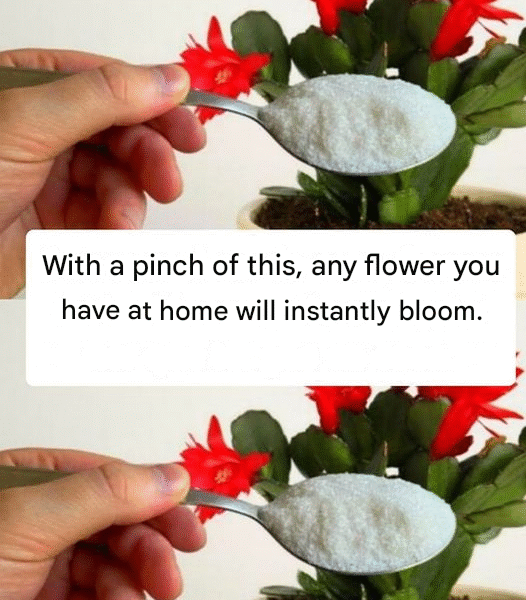Trick for an Orchid to Bloom for 4 Seasons – A Complete Guide
Orchids are known for their delicate beauty and exotic charm, but getting them to bloom consistently throughout the year can be a challenge for many plant lovers. However, with a few clever tricks and proper care, you can encourage your orchid to bloom in all four seasons – spring, summer, fall, and winter.
Here’s the ultimate guide to help you unlock year-round blooms from your orchid.
1. Understand the Orchid’s Natural Cycle
Before attempting to manipulate your orchid’s blooming schedule, it’s essential to understand its natural rhythm. Most orchids bloom once or twice a year, often after a period of rest. The trick is to recreate the conditions they experience in their natural habitat.
Tip: Phalaenopsis (moth orchids) are among the best varieties for consistent blooms and are ideal for beginners.
2. Control Light Exposure
Light is the most critical factor in encouraging blooms. Orchids need bright, indirect light to thrive. During winter months, natural sunlight may be insufficient, so consider using full-spectrum grow lights for 10-14 hours daily.
Best practice: Place your orchid near an east-facing window or under artificial light. Avoid direct midday sun, which can scorch the leaves.
3. Temperature Tweaks for Flower Triggers
Orchids, especially Phalaenopsis, respond well to temperature fluctuations. A drop in night temperature by about 5–10°C (10–15°F) for two weeks can trigger a bloom cycle.
Pro tip: Keep your orchid near a slightly cooler window in the fall or early spring. Just make sure it doesn’t get frostbite!
4. Consistent Watering and Humidity
Improper watering is the number one killer of orchids. To support continuous blooming:
- Water only when the roots are silvery white and the medium is dry
- Use tepid, non-chlorinated water
- Keep humidity around 50–70%
Using a humidity tray or room humidifier can help maintain ideal conditions year-round.
5. Fertilize Regularly but Wisely
To support multiple bloom cycles, use a balanced orchid fertilizer (20-20-20) every two weeks during active growth and once a month during rest periods. Switch to a “bloom booster” fertilizer (high in phosphorus) before expected flowering times.
6. Repot When Necessary
A cramped or decaying pot can inhibit blooming. Orchids should be repotted every 1–2 years with fresh orchid bark mix to ensure root health and nutrient absorption.
7. Prune with Precision
After the blooms fade, don’t cut the spike completely unless it turns brown. Trim it just above a visible node – this can encourage a side spike and additional flowers.
8. Mimic Nature – Rest Periods Matter
Even if your orchid looks healthy, it needs rest to prepare for the next blooming cycle. Reduce watering slightly, stop fertilizing for 4–6 weeks, and maintain stable light and temperature.
9. Be Patient and Observant
Every orchid is different. With time, you’ll notice patterns unique to your plant. Keep a care journal if necessary to track what works best.
Conclusion
With the right balance of light, temperature, moisture, and care, your orchid can bloom multiple times a year – even in every season. It’s all about mimicking nature while giving your plant the love and attention it deserves.
🌸 If you found this guide helpful, please like and share it with other plant lovers! Your support helps us grow and bring you even more plant care tips and tricks. Don’t forget to follow for more! 🌱💚
